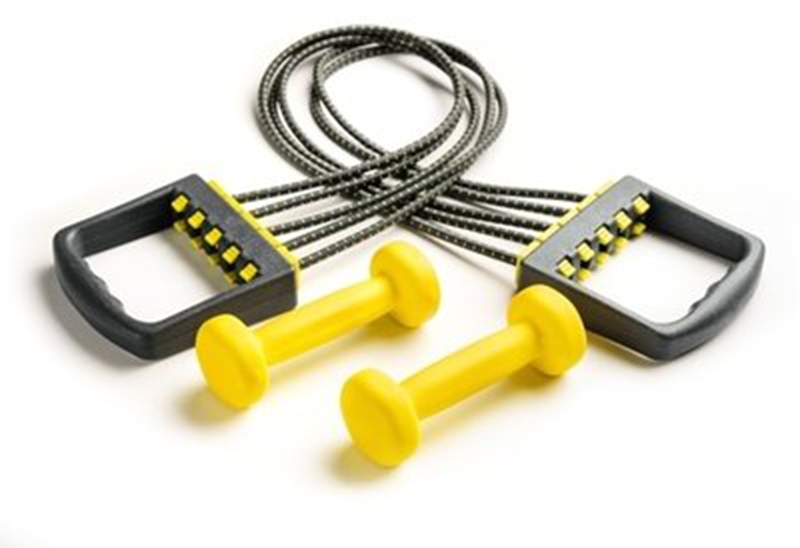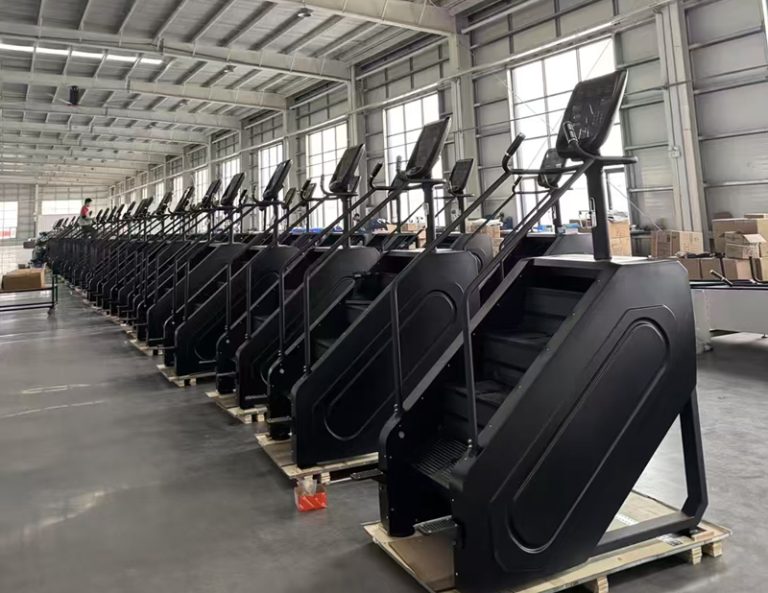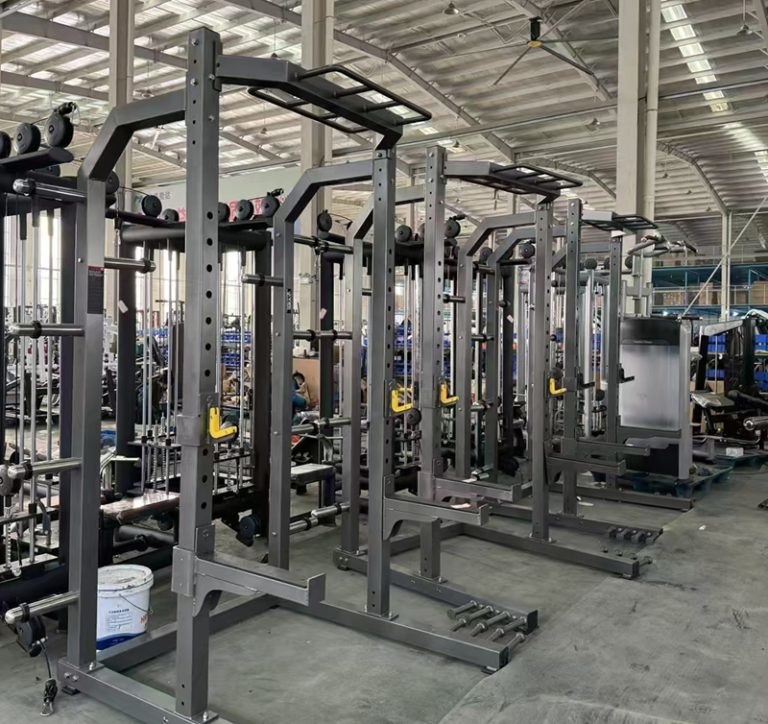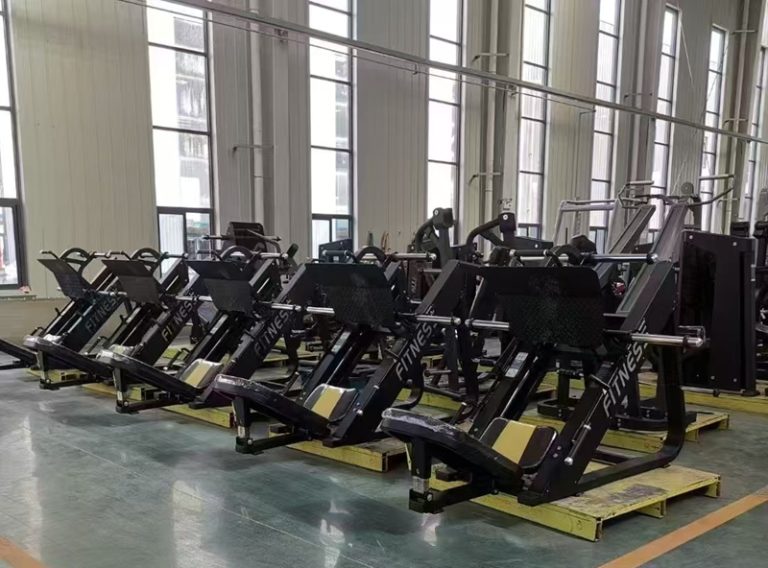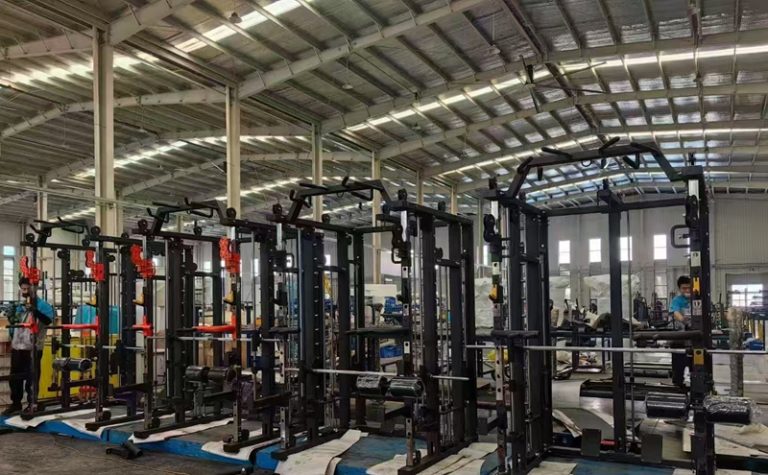With the change in aesthetic standards, many women have begun to attach importance to shaping training. During the shaping training process, hip training is also receiving increasing attention. The main reason for this is quite simple: they want to make their figures better. So, this requires us to maintain a relatively low body fat percentage while making our figures firm and well-defined. To achieve this, it actually involves the issue of muscle building, which is even more important for the buttocks.

From the perspective of factors influencing the shape of the buttocks, apart from the innate bone structure, there are also fat and muscle. From the perspective of fat, although the buttocks are a area where fat tends to accumulate relatively easily, if one wants to achieve a plump buttocks shape through this method, they need to have a relatively high body fat percentage, that is, be relatively overweight overall. Of course, apart from having an inherent advantage (that is, having fat grow and it is in the right position), we would not use this method to achieve the goal of making our buttocks plump. Therefore, if one wants to achieve the goal of shaping the buttocks through postnatal efforts, it is necessary to allow the buttock muscles to grow. Thus, this requires us to use fitness equipment and devices for specialized training to reach the goal.

At this point, during the training process, our goal is to make the muscles grow. Therefore, this requires a muscle-building process. To achieve this goal, it’s not just about training a little. Instead, we need to do the following:
First: Gradually achieve overloading
During the process of hip training, many ladies may think that as long as they carry out and adhere to regular hip training, only the hip muscles can grow effectively. Therefore, they tend to be rather conservative in the use of weights, either doing bodyweight training all the time or using small equipment such as resistance bands and dumbbells. Generally speaking, this makes their training too easy. However, the effect of doing so is not good. Although it can provide a certain degree of stimulation to the gluteal muscles, a stronger and greater stimulation is needed to make the gluteal muscles grow. If the same weight and frequency are always maintained, it will be very difficult to achieve the growth of the gluteal muscles.
So, when you are familiar with the movement pattern and can feel the force well, you should increase the weight according to your own situation. This process will be relatively fast in the early stage, but it will be a relatively slow process in the later stage. However, no matter which stage it is, it is necessary to achieve gradual overload, either by increasing the number of movements under the same weight or by increasing the weight under the same number of movements. Of course, friends who have had training experience might say that the feeling of using heavy weights is not as good as that of using light weights. So they would think of achieving muscle building through the method of using light weights and multiple repetitions. However, there is a prerequisite for this, which is that the force must be truly exhausted in this movement. Compared with using a small weight for multiple sets, although the force application feeling is relatively poor when using a large weight, it can bring oneself to a true state of exhaustion.

Second, a reasonable diet
We often say that three parts training and seven parts diet. In fact, this statement is telling us the role of diet in training results. From the perspective of muscle growth, if you want to achieve effective muscle growth, the intake of protein must be sufficient. Under normal circumstances, the protein intake should reach 1.6-2.2 grams per kilogram of body weight. Then, based on this foundation, arrange the ratio of carbohydrates to fat. The ratio of the three major nutrients (protein, carbohydrates, and fat) can be either 4:4:2 or an approximate ratio of 3.5:4.5:2.
Of course, if you need to lose fat, you should create a certain calorie deficit (about 500 calories), while if you want to build muscle, you need to have a certain calorie redundancy (the specific arrangement should be based on your own situation, because we don’t want to gain too much weight during the muscle-building period, so you can be a little conservative and create a calorie redundancy of about 200 calories). So at this point, we need to calculate the intake we need to take to maintain our weight (basal metabolic rate + daily calorie consumption + calorie consumption through exercise), and then arrange our diet according to our goal of building muscle or losing fat.
Third: Standard action mode
High-quality movements are the foundation for improving training efficiency and, of course, the prerequisite for gradually increasing the load. Firstly, if the movements are not standard, it is very easy to get injured. Once injured, training must be stopped, which hinders muscle growth. On the other hand, if the movements are not standard, the stimulation to the target muscles will not be complete, thereby reducing training efficiency. So, when you are training with a heavier weight and fail to achieve standard movements, which affects your movement trajectory, what you need to do is to reduce the weight and start training. Then, under the premise of ensuring the quality of the movements, gradually increase the weight.
Fourth: There is a detailed training plan
A detailed training plan should roughly include the selection of movements, weights, sets, and the state to be achieved each time. Then, during the next training session, refer to the previous training and based on your own condition, see if you can improve. Rather than randomly remembering which movement to practice or seeing which equipment to practice a few times, etc. Random training without a plan, of course, will not yield ideal results.
Fifth: Innate factors that cannot be ignored
The relatively beautiful buttock shape achieved through hard work mainly lies in the muscles, while the innate factor lies in the fat. So when many friends say something like “A perky buttock is innate rather than cultivated”, they are mainly referring to the innate factor. For a perky buttock that is innate, to put it simply, it means that the fat has grown in the areas where it should have grown. The perky buttocks developed through training are the shape of the buttocks created by the growth of muscles. Therefore, a naturally perky buttocks and one developed through training are two different concepts, and this cannot be used to deny the effect of training. Of course, whether the buttocks look good after training still depends on one’s innate factors, just like whether one’s abdominal muscles are symmetrical. We cannot change this.
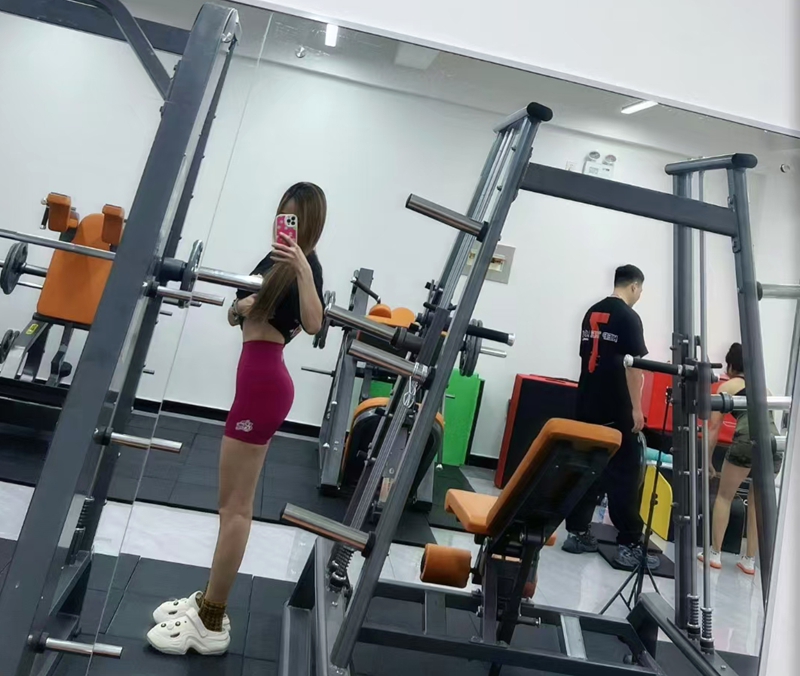
Summary
From the above content, we can understand that for buttock shaping, what we need to do is actually to make the buttock muscles grow. And as long as we train regularly and have a reasonable diet, every woman’s buttock muscles will grow. So if you want to achieve the purpose of shaping the buttock shape through training, you must first have confidence in yourself. Of course, it is a fact that there are certain difficulties for women to build muscle. On this point, you should also be mentally prepared because you may have to make more efforts to achieve it.
Of course, understanding the factors that affect the effectiveness of our hip training will help us identify the reasons for no progress during the specific training process, and then adjust our training and diet plans based on these. So as to improve the overall training effect. Of course, no matter what you do, training always has to be carried out. So, below I share a set of hip and leg training movements that we can refer to and try.

Action One: Smith Squat
Adjust your body position, stand with your feet shoulder-width apart, keep your back straight, tighten your core, and hold the barbell behind your neck with both hands
Keep your back straight, sit backward with your hips bent and squat down. After reaching the peak of your movement, stand up and straighten your body
Keep your back straight throughout the movement, align your knees with your toes, and keep your knees slightly bent when getting up
Action Two: Bulgarian squat
Find a fixed object slightly lower than your calf, stand with your back to it, support your body with one leg on the ground, and lift the other leg backward with the instep on the surface of the object. Hold dumbbells in each hand and let them hang at your sides
Adjust your body position so that the horizontal distance between your feet is approximately shoulder-width, and the Angle between your thighs is between 30 and 45 degrees. Keep your back straight and your core tightened
Keep your body stable, keep your back straight, shift your center of gravity forward and squat down smoothly until your front thigh is parallel to the ground, then stand up
Keep your body stable throughout the movement. If you can’t do it, you can hold onto a fixed object with one hand to assist in completing it. Keep your back straight throughout the movement, and align your knees with your toes. Pay attention that when squatting, the front knee should not extend beyond your toes, and the back knee should not kneel on the ground
Action Three: Lie on your back with leg raises
Lie on your back on the equipment, press your back against the surface of the mat, tighten your core, place your feet about shoulder-width apart on the front pedal, and hold the handles on both sides with your hands
Keep your body stable. Slowly bend your knees and lower the weight until your thighs and calves are approximately perpendicular. Pause for a moment, then use your quadriceps to push forward
Make sure to keep your knees and toes in the same direction. When your feet are straight, do not lock your knee joints
Action Four: Half-squat with legs drawn in
Stand sideways on a flat stool, bend your inner legs and place them on the surface of the stool. Keep your back straight, tighten your core, and clench your fists in front of your chest
Keep your back straight, bend your hips and lean forward slightly. Then, push off the ground with your upper support leg and rise slightly. At the same time, bend your outer leg and lift it up, then drop it from the other end of the stool to the ground with your toes touching the ground. Then return to the original position in the opposite direction
Keep your body stable throughout the movement, keep your back straight, and pay attention to keeping your knees and toes in the same direction. Complete the movement with a uniform rhythm

Action Five: Sitting leg flexion and extension
Sit on the equipment with your back straight, your core tightened, hold the handrails at both ends with both hands, bend your knees and spread your legs apart at shoulder width, keep your thighs close to the surface of the mat, and place your feet under the rolling board
Keep your body stable, keep your thighs still, and contract and exert force with your quadriceps to straighten your calves upwards
Pause slightly at the top, feel the contraction of the quadriceps, then actively control the speed to gradually return to the original position, and feel the extension of the quadriceps
Action 6: Elastic band high hip bridge hip abduction
Fix the resistance bands to the thighs of both legs, lie on your back on the yoga mat, support your body with your upper back and head, place your arms at your sides, bend your knees slightly apart, step on the yoga ball with your feet, and let your hips sink and hang in the air
Keep your body stable, tighten your hips and lift them up with the force band until your upper body is at the same level as your thighs. Hold for a moment, then on this basis, keep your feet still. Use the gluteus medius to lift your knees to the sides to the peak of the movement. Hold for a moment and contract your gluteus medius
Then restore them in the opposite direction one by one. Be careful not to sit on the ground with your buttocks during the restoration
Action Seven: Stand behind the rope and lift your legs
Adjust the rope to a low position. Face the rope and adjust your body position. Stand on the ground with one leg to support your body. Slightly bend the other leg and bring it together with the supporting leg. Keep your back straight, tighten your core, bend your hips and lean forward. Hold the equipment in front with both hands
Keep your body stable. Tighten your gluteus maximus and exert force to lift your active leg backward and upward. Pause slightly at the peak of the movement and feel the contraction of your gluteus maximus. Then slowly return to the original position in the opposite direction
Note that during the movement, except for moving your legs, try to keep other parts of your body stationary
After getting familiar with the key points of the movements and warming up thoroughly, start the formal training. During the training process, ensure the quality of the movements. In each movement, focus your attention on feeling the contraction and extension of the target muscles, so that each movement is effective. Do 15 to 20 repetitions for each movement, rest for about 45 seconds between movements, and set 3 to 5 sets each time. After the training, stretch and relax. Don’t stop immediately.#Chinese manufacturer of fitness equipment and apparatus#A large-scale commercial fitness equipment wholesale and production factory#Wholesale of various types of fitness equipment and apparatus in large quantities


